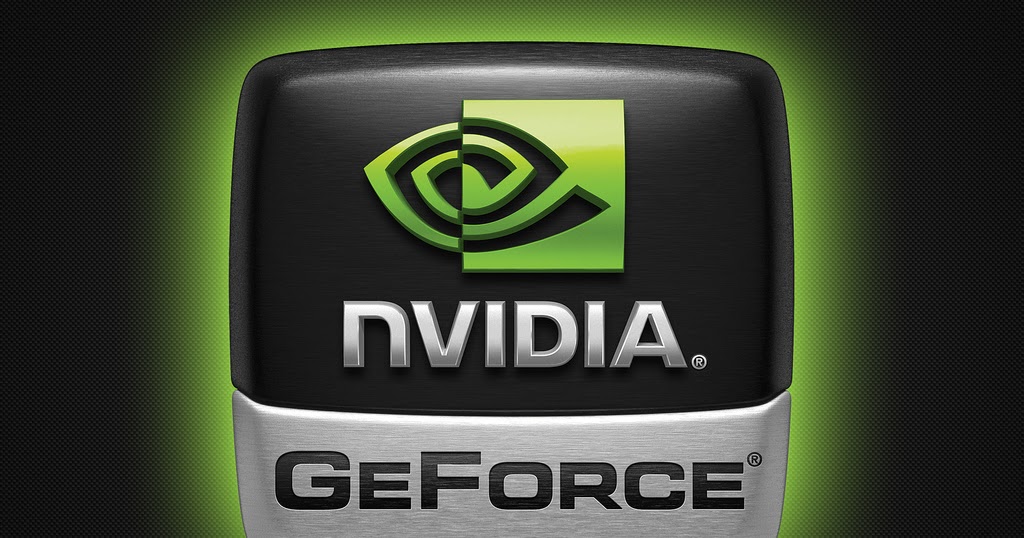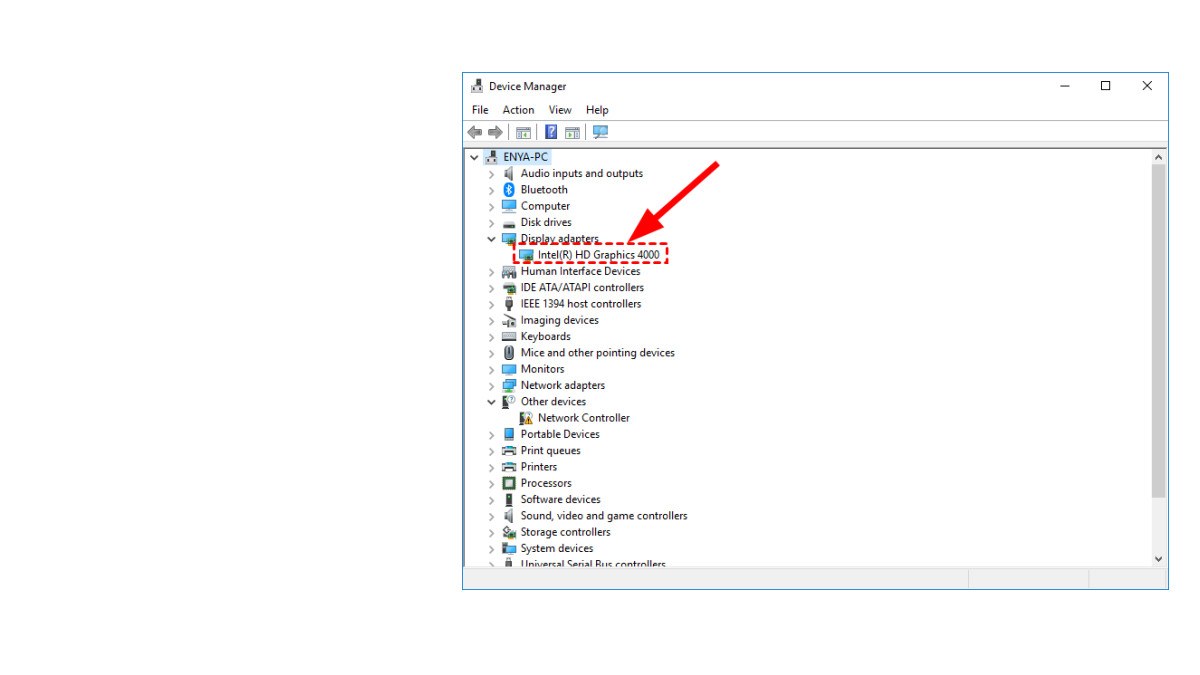

Note that Gentoo does not provide legacy drivers before version 390.xx.

6.15 Plymouth can't find nvidia-uvm moduleįILE /etc/portage/e/ffmpeg Disabling the video_cards_nvidia USE flag to ffmpeg media-video/ffmpeg -video_cards_nvidia.6.14 ERROR: Kernel configuration is invalid.6.13 Distorted white lines during early boot.6.12 udevd using 100% of the CPU, X server failed to start.6.11 No vertical synchronization (no VSync, tearing) in OpenGL applications.6.7 "no such device" appears when trying to load the kernel module.6.5 Getting 2D acceleration to work on machines with 4GB memory or more.

6.4 Driver fails to initialize when MSI interrupts are enabled.6.3 FATAL: modpost: GPL-incompatible module *.ko uses GPL-only symbol.6.2 Blinking console cursor and the compat USE flag.4.7 PCI-Express Runtime D3 (RTD3) Power Management.Otherwise, it will be necessary to run the mhwd command manually as part of the post-installation process for the minimalistic NET-Edition of Manjaro.įor Beginners, it is recommended to use "Hardware Detection" in Manjaro Settings Manager to change or install new graphics drivers.įor intermediate and advanced users, it is also possible to use the mhwd command to install, re-install, and remove installed graphics drivers at any time, as illustrated below. Whether free or proprietary drivers are installed will depend on your initial choice of using free or nonfree graphics drivers to boot up. complete with a pre-installed desktop environment, codecs, and software applications), the mhwd command will be automatically run by the GUI and CLI installer to automatically detect your graphics card and install the most appropriate driver for it. Where installing the full version of Manjaro (i.e. The mhwd command is still under development, and at present is only able to install drivers for graphics cards connected internally via pci.


 0 kommentar(er)
0 kommentar(er)
